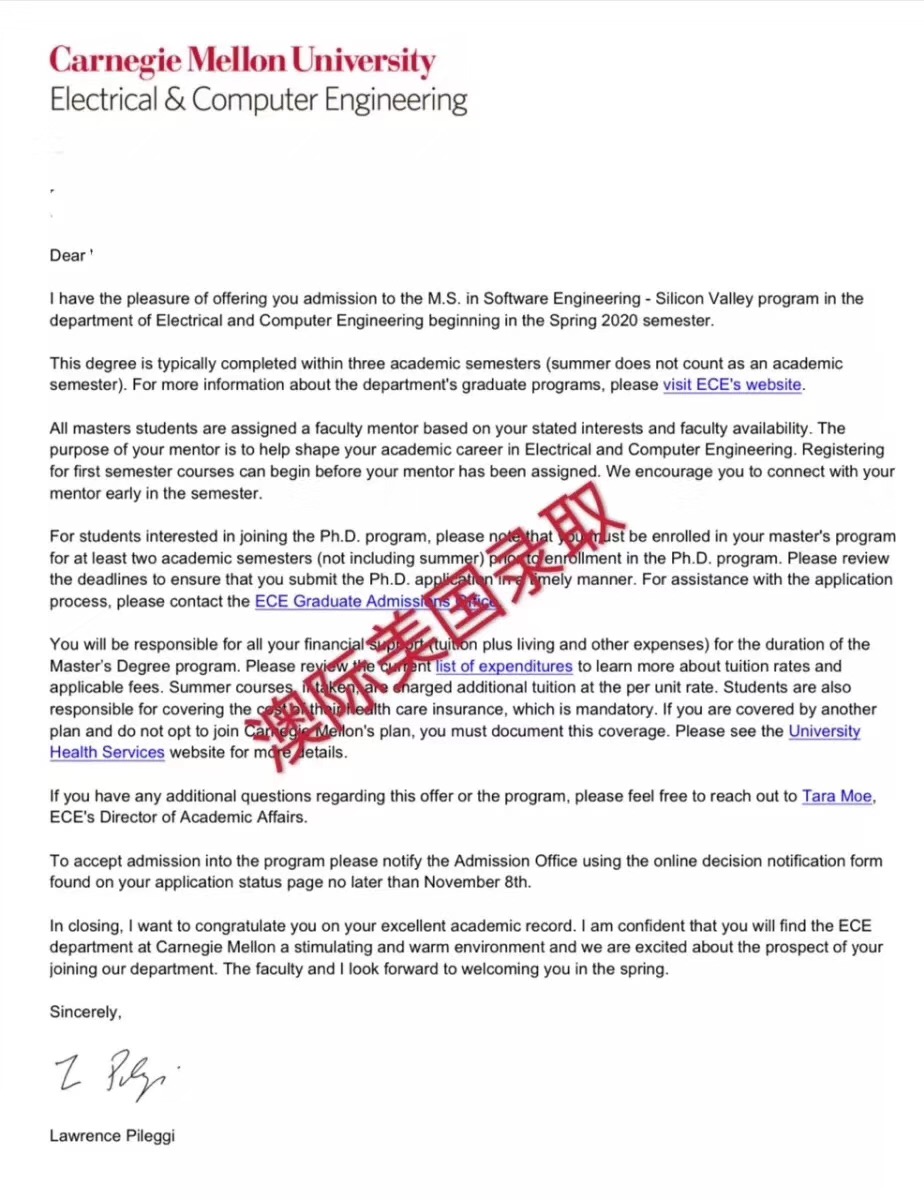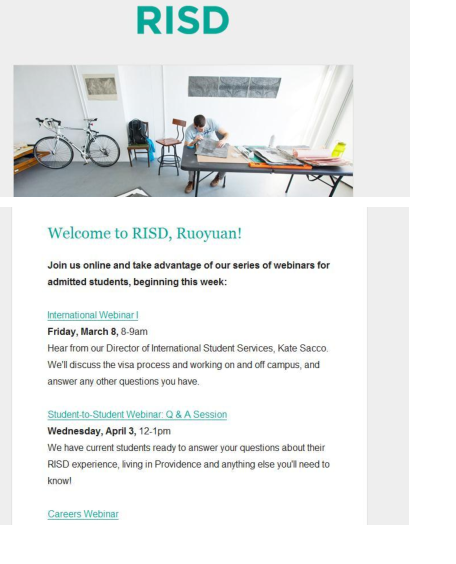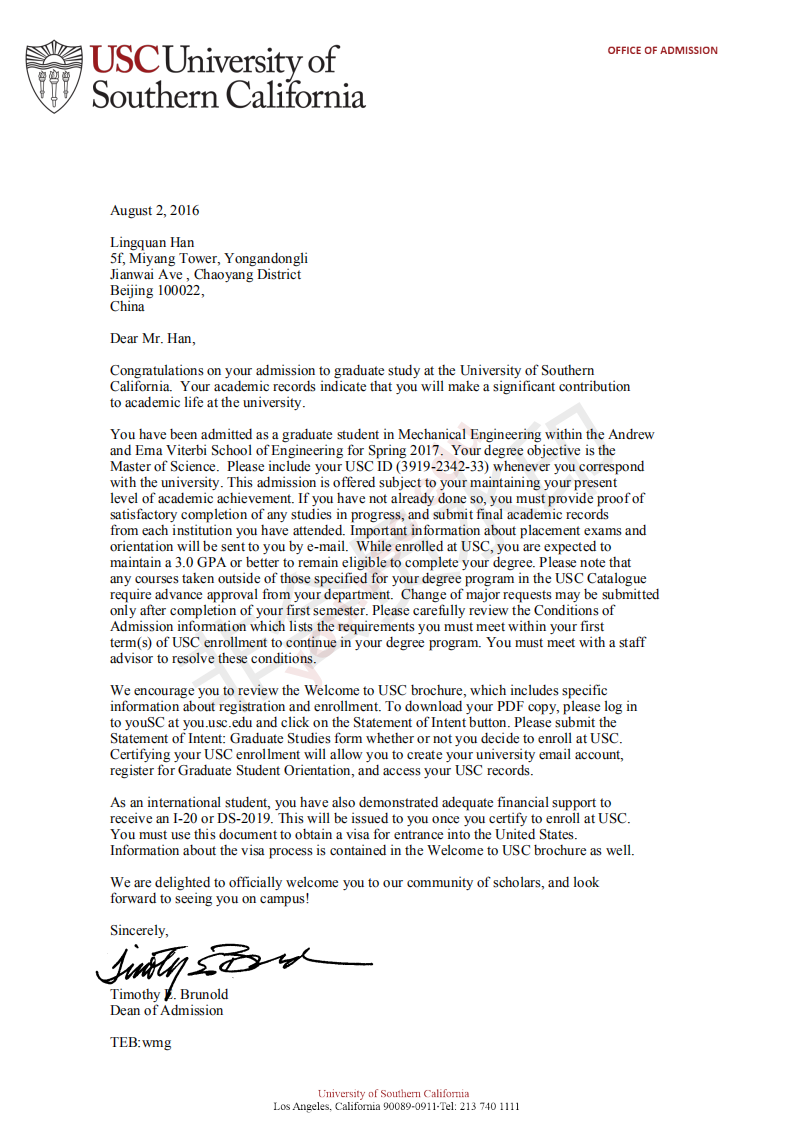2017年 签证中最常见被check的14个敏感专业
2017-07-06 426阅读
中最常见被check的14个敏感
这个是网上能查到的据说比较全面的敏感专业列表.
如果自己的专业或研究方向和这些相关.
尽量淡化,或者想好说明和做好被check的心理准备了.
1. CONVENTIONAL MUNITIONS:
Technologies associated with warhead and other large caliber projectiles, reactive armor and
warhead deat systems, fusing, and arming systems.
2. NUCLEAR TECHNOLOGY:
This section covers technologies associated with the production and use of nuclear material for both peacul and military applications. Included are technologies for enrichment of fissile material, for reprocessing irradiated nuclear fuel to recover produced platinum, production of heavy water for moderator material, plutonium and tritium handling, as well as certain associated technologies related to high energy physics. It includes research and poser reactors, breeder and production reactors, fissile or special nuclear materials; uranium enrichment, including gaseous diffusion, centrifuge, aerodynamics, chemical, electromagnetic isotopic separation (EMIS) laser, isotopic separation (LIS); spent fuel reprocessing, plutonium, mixed oxide nuclear research, inertial confinement fusion (ICF), magnetic confinement fusion, plasma, nuclear fuel fabrication including mixed oxide (uranium-plutonium) fuels (MOX), heavy water production, tritium production and sue, electromagnetic pulse (EMP); hardening technology.
3. MISSILE/MISSILE TECHNOLOGY:
Technologies associated with air vehicles and missile systems. The technology needed to develop a satellite launch vehicle is virtually identical to that needed to build a ballistic missile. Technologies include rocket systems, ballistic missiles, space launch vehicles and sounding rockets and unmanned air equipment and reentry vehicles.
4. AIRCRAFT AND MISSILE PROPULSION AND VEHICULAR SYSTEMS:
The propulsion technologies included are associated with near-earth super and hypersonic flight propulsion systems for
aircraft and missiles. Many of these technologies are dual use. Technologies include liquid and solid rocket propulsion systems; missile propulsion and systems integration; individual rocket states or staging/separation mechanism; aerospace thermal and high-performance structures; propulsion systems test facilities.
5. NAVIGATION AND GUIDANCE CONTROL:
These capabilities directly determine the delivery accuracy and lethality of both unguided and guided weapons. The long-term costs to design, build and apply these technologies have been a limiting proliferation factor. Technologies include those associated with internal navigation systems, tracking and terminal homing devices; accelerometers, vehicle and flight control systems.
6. CHEMICAL AND BIOTECHNOLOGY ENGINEERING:
Of specific concern is the ability to develop, produce, and disseminate toxic chemicals, biological and toxin agents. The technologies that could be applied to produce chemical and biological agents are used widely by civilian research laboratories and industry; these technologies are relatively common in many countries. Advanced biotechnology has the potential to support biological weapons research. Look for technologies associated with bacteriology (especially pathogenic), mutagens, mycology, neurotoxins, reconbiant technology, toxins, venoms, virology, precursor chemicals, toxicological research, chemical production equipment.
7. REMOTE IMAGING AND RECONNAISSANCE:
Remote sensing technologies are inherently dual-use; technologies can be used for civilian imagery projects or for military reconnaissance forts. Drones and remotely piloted vehicles enhance reconnaissance abilities. These are technologies associated with remote sensing satellites; imagery systems; high resolution cameras and optics; air vehicles; remotely-piloted vehicles, drones.
8. ADVANCED COMPUTER/MICROELECTRONIC TECHNOLOGY:
Advance computers and software play a usul (but not necessarily critical) role in the development and deployment of missiles and missile systems, and in the development and production of nuclear weapons. Advance computer capabilities are also used in over-the- horizon targeting, airborne early warning targeting, electronic countermeasures (ECM) processors. These technologies are associated with supercomputing, hybrid computing; speech processing/recognition systems; neural networks; data fusion; quantum wells, resonant tunneling; superconductivity; advance optoeletronics, acoustic wave devices, superconducting electron devices, flash discharge type x-ray systems; frequency synthesizers; microcomputer compensated crystal oscillators.
9. MATERIALS TECHNOLOGY:
The metallic, ceramic, and composite materials are primarily related to structural functions in aircraft, spacecraft, missiles, undersea vehicles, and propulsion devices. Polymers provide seals and sealants for containment of identified fluids and lubricants for various vehicles and devices. Selected specialty materials provide critical capabilities that exploit electromagnetic absorption, magnetic, or superconductivity characteristics.. These technologies are associated with advance metals and alloys; non-composite ceramic materials, ceramic, cermet, organic and carbon materials; polymeric materials; synthetic fluids; hot isostatic densifications; intermetallic; organometals; liquid and solid lubricant; magnetic metals and superconductive conductors.
10. INFORMATION SECURITY:
Technologies associated with cryptography and cryptographic systems to ensure secrecy for communications, video, data and related software.
11. LASERS AND DIRECTED ENERGY SYSTEMS TECHNOLOGY:
Lasers have critical military applications, including incorporation in guided ordnance such as laser guided bombs and ranging devices. Directed energy technologies are used to generate electromagnetic radiation or particle beams and to project that energy on a specific target. Kinetic energy technologies are those used to impart a high velocity to a mass and direct it to a target. Directed energy and kinetic energy technologies have potential utility in countering missiles and other applications. Look for technologies associated with atomic vapor laser isotope separation (AVLIS), molecular laser isotope separation (MLIS); high energy lasers (HEL), low energy lasers (LEL), semiconductor lasers, free electron lasers , directed energy (DE), kinetic energy (KE) systems, particle beam, beam rider, electromagnetic guns, optoelectronics, optical tracking, high energy density, high-speed pulse generation, pulsed power, hypersonic/hypervelocity, magnetohydronynamics.
12. SENSORS AND SENSOR TECHNOLOGY:
Sensors provide real-time information and data; the side with superior sensors has a considerable advantage. Marina acoustics is critical in anti- submarine warfare; gravity meters are essential for missile launch calibration. Look for technologies associated with marine acoustics, optical sensors, night-visions devices, image intensification devices; gravity meters; high speed photographic equipment; magnetometers.
13. MARINE TECHNOLOGY:
Marine technologies are often associated with submarines and other deep submersible vessels; propulsion systems designed for undersea use and navigation and quieting systems are associated with reducing detectability and enhancing operations survivability. Look for technologies connected with submarines and submersibles, undersea robots, marine propulsion systems; signature recognition; acoustic and non-acoustic detection; acoustic, ware, radar and magnetic signature reduction, magnetohydrodynamics; stirring engines.
14. ROBOTICS:
Technologies associated with artificial intelligence, automation, computer-controlled machine tools; pattern recognition technologies.
留学咨询
更多出国留学最新动态,敬请关注澳际教育手机端网站,并可拨打咨询热线:400-601-0022
留学热搜
相关推荐
- 专家推荐
- 成功案例
- 博文推荐

Copyright 2000 - 2020 北京澳际教育咨询有限公司
www.aoji.cn All Rights Reserved | 京ICP证050284号
总部地址:北京市东城区 灯市口大街33号 国中商业大厦2-3层









高国强 向我咨询
行业年龄 12年
成功案例 3204人
留学关乎到一个家庭的期望以及一个学生的未来,作为一名留学规划导师,我一直坚信最基本且最重要的品质是认真负责的态度。基于对学生和家长认真负责的原则,结合丰富的申请经验,更有效地帮助学生清晰未来发展方向,顺利进入理想院校。
Amy GUO 向我咨询
行业年龄 17年
成功案例 4539人
一切的一切从现在开始.用自己的态度闯出一片天
陈瑶A 向我咨询
行业年龄 16年
成功案例 4879人
拥有大量高端成功案例。为美国哈佛大学、宾夕法尼亚大学等世界一流名校输送大批优秀人才。
齐亚楠 向我咨询
行业年龄 14年
成功案例 3803人
商科案例有哥伦比亚大学等,工科案例有麻省理工大学等,艺术案例有罗德岛大学等。